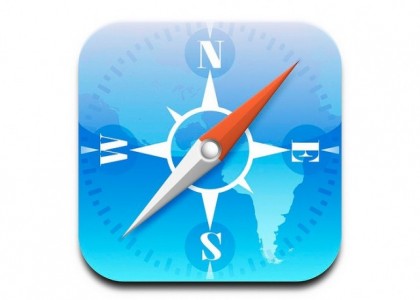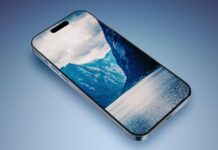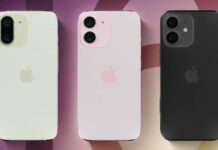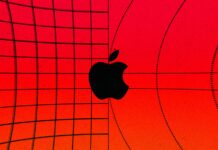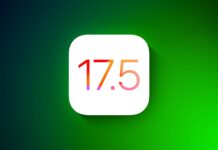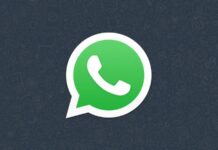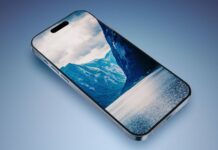V-am spus anul trecut cum a fost ales numele browserului Safari pentru OS X, iar acum omul care s-a ocupat de dezvoltarea intregului proiect ne spune cum a fost tinut totul secret. La sfarsitul anilor ’90 Don Melton a fost ales pentru a conduce echipa care urma sa dezvolte Safari, browserul fiind initial deghizat intr-o versiune a Internet Explorer pentru Mac. Echipa care urma sa dezvolte proiectul nu a stiut la ce lucreaza pana in momentul in care a acceptat provocarea si desigur ca ea era ascunsa intr-una dintre cladirile campusului Apple din Cupertino.
For much of the time we spent developing Safari — long before it was called by that name — it pretended to be Microsoft Internet Explorer. Specifically, Internet Explorer for Mac, which Apple had provided with the OS since 1998. Not only was I tasked by Scott Forstall with building a browser and building a team to build that browser, I had to keep the whole damn project a secret. Which, by the way, really complicated the shit out of hiring most of the original team since I couldn’t tell them what they were working on until they took the job.
Chiar daca echipa era ascunsa si nimeni nu vorbea despre browser, lumea putea afla tot ceea ce dezvolta Apple prin simpla analizare a logurilor serverelor pe care erau hostate website-urile vizitate de catre membrii echipei. Pentru a evita acest lucru, Safari a fost “deghizat” initial in Internet Explorer si mai apoi in Firefox-ul celor de la Mozilla, totul pentru a tine proiectul secret pana in 2003 cand Steve Jobs a prezentat oficial Safari pentru OS X in cadrul unei conferinte Apple.
When a Web browser fetches a page from a Web server, the browser identifies itself to that server with a user agent string — basically its name, version, platform, etc. The browser also gives the server an IP address so the server knows where to return the page. This exchange not only makes the Web work, it also allows the server to tell who is using what browser and where they’re using it. Back around 1990, some forward-thinking IT person secured for Apple an entire Class A network of IP addresses. That’s right, Apple has 16,777,216 static IP addresses. And because all of these addresses belong together — in what’s now called a “/8 block” — every one of them starts with the same number. In Apple’s case, the number is
17. IP address17.149.160.49? That’s Apple.17.1.2.3? Yes, Apple.17.18.19.20? Also, Apple.17.253.254.255? Apple, dammit!
In ciuda faptului ca Apple are inregistrata pe numele sau o intreaga clasa de IP-uri si oricine poate vedea extrem de usor cand un angajat Apple le viziteaza website-ul, browser-ul se identifica la website-uri folosind identificatorii altor browsere disponibile atunci. In acest mod echipa a reusit sa tina totul secret pe perioada testarilor, masurile luate de ei fiind probabil utilizate astazi pentru alte proiecte similare.
Even though we operated the project like some CIA black op — with loyalty oaths and all — we couldn’t let Safari be “Safari” when we used it on the Apple campus network. Otherwise, some Web server administrator somewhere might be scanning their log files and notice the connection between user agent string and IP address origin. Then the big surprise Steve Jobs wanted to unveil at MacWorld on January 7, 2003, would be shot. So we hid my cleverly designed Safari user agent string whenever we were at Apple. And I say “my” because that’s actually one of the few pieces of code in Safari and WebKit that I can 1) claim to have designed and 2) is still actually in the source. Thank God my engineering team removed or refactored all my other hacks. I hired good people.


